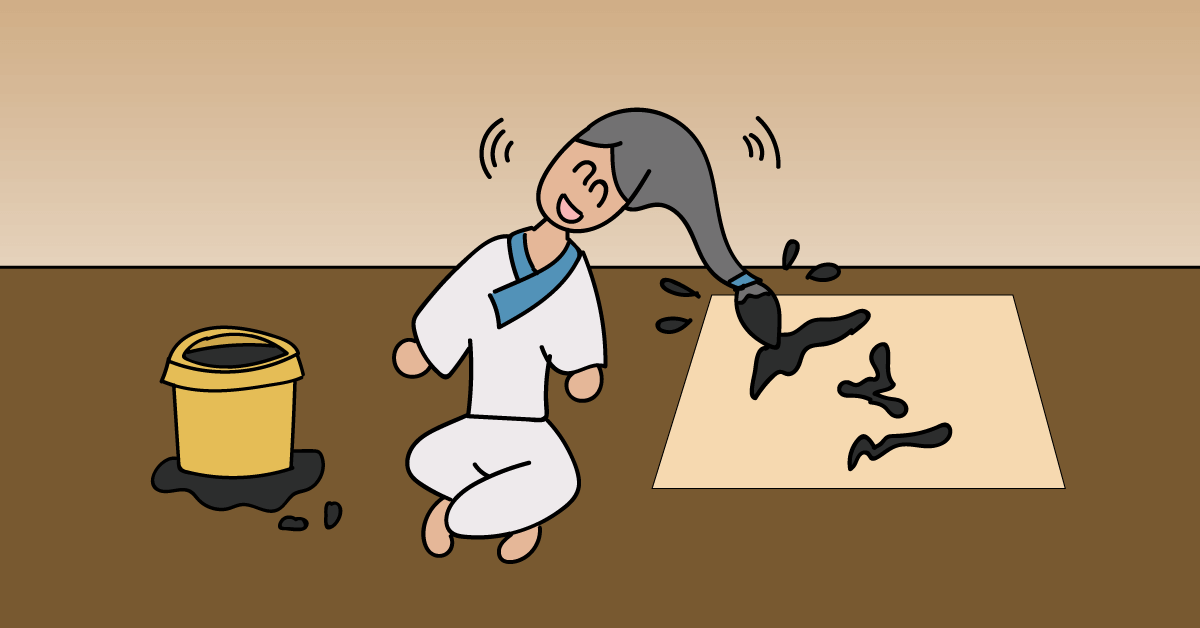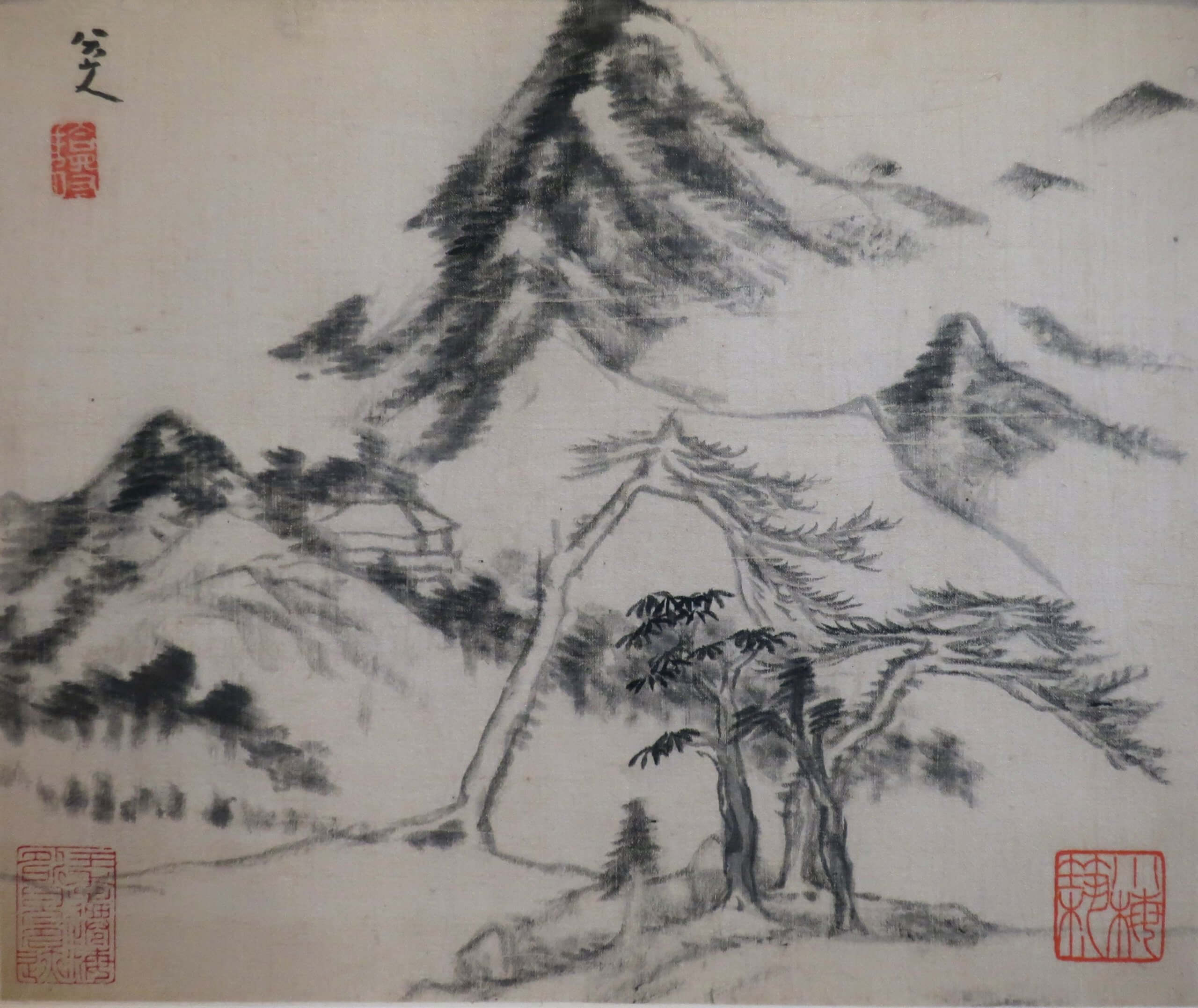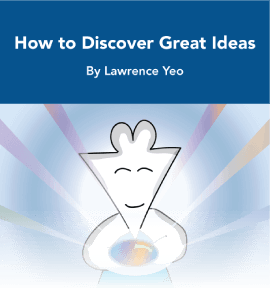Frictionless Creativity
There’s a legendary tale about an artist named Zhu Da (who lived in 17th century China) that would start his paintings in the following way:
(1) Lay out a big, blank canvas,
(2) Take out an incredible amount of alcohol,
(3) Get very drunk,
(4) Appreciate the incredible ponytail he’s grown with his hair, then dip it into a bucket of ink,
(5) Create a series of swishes on the canvas with said ponytail,
(6) Pass out.
After completing these 6 steps and waking up the next morning, Zhu Da would then take a good look at the swishes he created. He would study the texture of them, and unearth the various places within the swishes where patterns may secretly reside. And once he discovered the image that emerged as a result of connecting these patterns, he filled in the gaps with intentional brushstrokes that would form the beautiful landscapes he was famous for painting.
I think of this artist quite often because he was the embodiment of the asymmetrical nature of creative work. And the asymmetry is this:
Starting is characterized by friction, whereas the rest is characterized by fluidity. The start of any creative endeavor is full of doubt and skepticism, which frames everything from the perspective of a rational mind. You tend to overanalyze things and try to figure out what you’re trying to convey before you put a single word or brushstroke down. The friction here is birthed from the sense that you don’t know what you’re doing, and this uncertainty prevents you from putting anything down.
In order to override the hyperrational mind, the artist in this case study got drunk and created a series of swishes with his hair. I don’t recommend this strategy of inebriation, as there are far better ways to go about this (I’ll discuss this more below). But by lowering the barrier of entry to his creative work in this way, he was able to have a concrete starting point without much thought at all. If the starting point to a beautiful landscape painting was a thoughtless ink blob, then he can approach each of his paintings without the burden of analyzing how exactly he was going to kick things off.
In my case, I make it a point to start these essays with no outline or no pre-existing conceptions of what I want to write. I simply sit down, set a timer, and just let whatever I want to delve into come about. Now, it’s different when I’m actually creating stories, where I have to think more about presentation, visuals, and things of that nature. But when it comes to writing these reflections in a more intimate manner, I want to lower the barrier to the start as much as possible.
There are many ways you can do this without alcohol or any mind-altering substances. As a writer, for example, you can get in the habit of journaling with zero intention to publish. This will put rationality off to the side as you allow any thoughts on the brim of your mind to trickle out onto paper. Since there’s no one looking, this gives you the confidence to say whatever you want to say, and if you do this regularly enough, you’ll see how many of the ideas you published in another format were birthed as informal musings in a more private realm.
When it comes to the start, the goal is to get you going without overthinking things. Because the interesting thing about creativity is that once things are in motion, you can bring intention back into the picture to continue pushing that flow state forward.
To illustrate this, let’s go back to our ponytail-wielding painter and take a look at the next step of his process.
Once the blob has been created and he wakes up the next day, Zhu Da is sober and ready to focus on his work. The first thing he does is to examine the result of the randomness that he’s made, and then to actively examine it according to his unique perspective. In other words, he’s finding the order in what is initially presumed to be chaos.
It’s somewhat of a trite point to state that there’s no such thing as a truly original piece of work. That everything is a remix of existing ideas, and what’s original is the way in which these things are connected. While there’s truth to this, I find that originality actually stems from something deeper: the ability to see beauty in what most people often overlook.
That is essentially what it means to find order in chaos. To find patterns in the patternless. Because beauty and aesthetics are nothing more than the discernment of the communicable and highlighting that discovery to others. But in order to do this, you have to be intentional with the way you approach your art.
Leonardo da Vinci famously stared at dirty city walls until he was able to see the patterns that would inspire him to create his art. He would stare for a long time – with intention – until the beauty was revealed to him. And once it was, he used his abilities to fill in the gaps until he actualized whatever vision he had while staring at the wall.
Flow states emerge when you’ve moved past the friction of the start and entered a domain where you believe in the beauty of what you’re creating. You don’t judge yourself for what you’re making, and you’re not questioning the way you’re putting things together. You’re just doing what you’re there to do, and accepting the process each step of the way.
The reason why creativity is one of the great virtues of humankind is that it’s the purest form of self-acceptance. With each thing you create, you’re casting a vote for your unique perspective, and signal that you embrace it. You understand that beauty isn’t defined by the rigidity of a collective norm, but by the fluidity of interpretation that is localized to each individual mind.
It’s through this realization that creativity becomes frictionless, and it’s only here where the best of your abilities come out to play.
_______________
_______________
For more stories and reflections of this nature:





